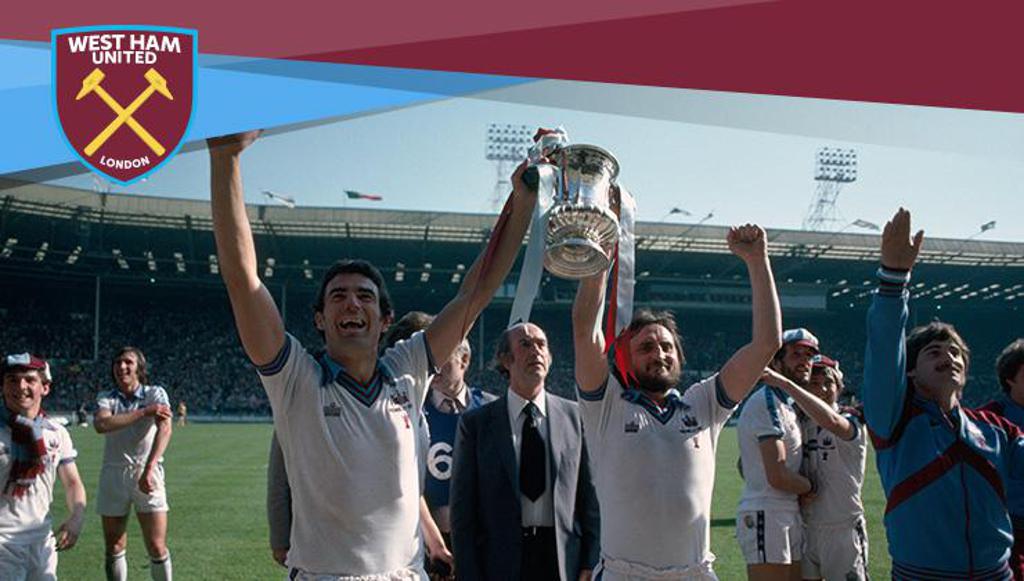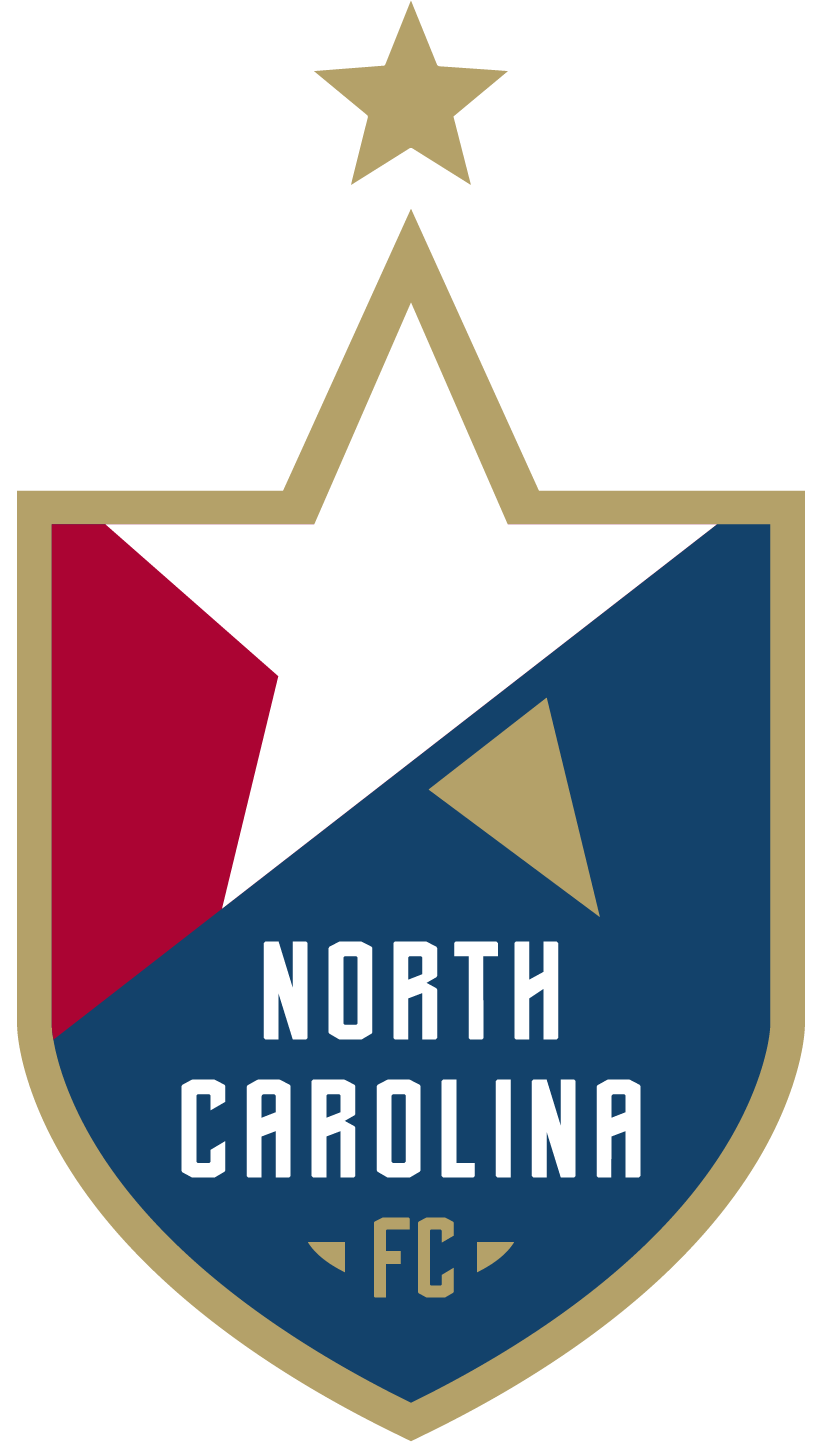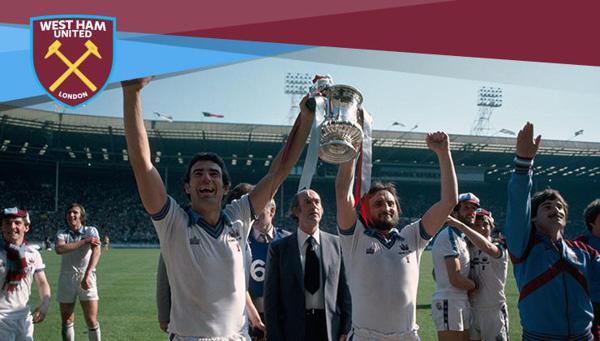
In anticipation of the momentous game on July 12, which will feature the RailHawks challenging the first English Premier League team to visit the Triangle, we look at the distinguished history of the world-renowned West Ham United.
Sporting claret and blue, West Ham United has been one of the largest names in English footballing history. Their 7th place finish last season guaranteed their spot in the 2016 UEFA Europa League tournament. West Ham will begin the 2016 season playing at their new home, Queen Elizabeth Olympic Park Stadium.
Originally known as Thames Ironworks FC, the groundwork for West Ham began in Essex, London. Arnold Hills, managing director of Thames Ironworks Shipbuilding Company, wanted to start a workers football team. Ironworks employees fulfilled staff positions, including chairman, director, coach, trainer and physio. In 1895, Hills and Ironworks began assembling a squad and arranging matches for the 95/96 season. Ironworks FC began playing at Hermit Road, less than a mile away from Ironworks shipyards.
In 1900, Thames Ironworks FC resigned from the league, but were replaced by West Ham United FC, a company incorporated by Hills that same year. The newly formed club retained many of the Ironworks players and added some trialists. In 1904, West Ham relocated to Boleyn Ground, which would become their home for the next 112 years.
The 1923 season saw the Hammers secure promotion to the top division of English football. That same season, West Ham progressed to their first FA Cup final where they fell to Bolton Wanderers.
In the 1950s, Manager Ted Fenton saw the benefits of breeding his own players and set upon identifying young talents and developing them ‘not only into good footballers, but good men.’ This vision shaped what would become the world famous ‘Academy of Football.’ Fenton’s philosophy set the groundwork for West Ham’s golden generation of the 1960s.
The most successful period in West Ham’s history saw the club win the 1964 FA Cup and the European Cup Winner’s Cup the following season. The decade featured some of the club’s most legendary players, including Bobby Moore, Geoff Hurst and Martin Peters. The accomplishments of the ‘60s set the standard for West Ham ambitions. West Ham secured their second FA Cup in 1975, but fell short of winning the European Cup Winner’s Cup, losing to R.S.C. Anderlecht in the final. After a short spell in division two, they returned to the top flight in 1981, after defeating Arsenal in the FA Cup in 1980 as the last second-tier club to claim the coveted trophy.
West Ham spent most of the ‘90s in the top flight. That decade the Academy of Football enjoy its most successful period since the 1960s. Graduates included future England internationals Rio Ferdinand, Frank Lampard, Joe Cole and Michael Carrick.
During the late 90s and early 2000s, West Ham experienced mixed success. The Hammers were relegated three times, but earned promotion in each subsequent season. West Ham reached the 2006 FA Cup final, but lost to Liverpool in overtime after a thrilling 3-3 regulation score.
A true working-class club, the Hammers are proud of their reputation for beautiful attacking football. Whether challenging for silverware or fighting relegation, the club has never sacrificed its footballing principles.
In anticipation of the momentous game on July 12, which will feature the RailHawks challenging the first English Premier League team to visit the Triangle, we look at the distinguished history of the world-renowned West Ham United.
Sporting claret and blue, West Ham United has been one of the largest names in English footballing history. Their 7th place finish last season guaranteed their spot in the 2016 UEFA Europa League tournament. West Ham will begin the 2016 season playing at their new home, Queen Elizabeth Olympic Park Stadium.
Originally known as Thames Ironworks FC, the groundwork for West Ham began in Essex, London. Arnold Hills, managing director of Thames Ironworks Shipbuilding Company, wanted to start a workers football team. Ironworks employees fulfilled staff positions, including chairman, director, coach, trainer and physio. In 1895, Hills and Ironworks began assembling a squad and arranging matches for the 95/96 season. Ironworks FC began playing at Hermit Road, less than a mile away from Ironworks shipyards.
In 1900, Thames Ironworks FC resigned from the league, but were replaced by West Ham United FC, a company incorporated by Hills that same year. The newly formed club retained many of the Ironworks players and added some trialists. In 1904, West Ham relocated to Boleyn Ground, which would become their home for the next 112 years.
The 1923 season saw the Hammers secure promotion to the top division of English football. That same season, West Ham progressed to their first FA Cup final where they fell to Bolton Wanderers.
In the 1950s, Manager Ted Fenton saw the benefits of breeding his own players and set upon identifying young talents and developing them ‘not only into good footballers, but good men.’ This vision shaped what would become the world famous ‘Academy of Football.’ Fenton’s philosophy set the groundwork for West Ham’s golden generation of the 1960s.
The most successful period in West Ham’s history saw the club win the 1964 FA Cup and the European Cup Winner’s Cup the following season. The decade featured some of the club’s most legendary players, including Bobby Moore, Geoff Hurst and Martin Peters. The accomplishments of the ‘60s set the standard for West Ham ambitions. West Ham secured their second FA Cup in 1975, but fell short of winning the European Cup Winner’s Cup, losing to R.S.C. Anderlecht in the final. After a short spell in division two, they returned to the top flight in 1981, after defeating Arsenal in the FA Cup in 1980 as the last second-tier club to claim the coveted trophy.
West Ham spent most of the ‘90s in the top flight. That decade the Academy of Football enjoy its most successful period since the 1960s. Graduates included future England internationals Rio Ferdinand, Frank Lampard, Joe Cole and Michael Carrick.
During the late 90s and early 2000s, West Ham experienced mixed success. The Hammers were relegated three times, but earned promotion in each subsequent season. West Ham reached the 2006 FA Cup final, but lost to Liverpool in overtime after a thrilling 3-3 regulation score.
A true working-class club, the Hammers are proud of their reputation for beautiful attacking football. Whether challenging for silverware or fighting relegation, the club has never sacrificed its footballing principles.

































































































































































































































































































